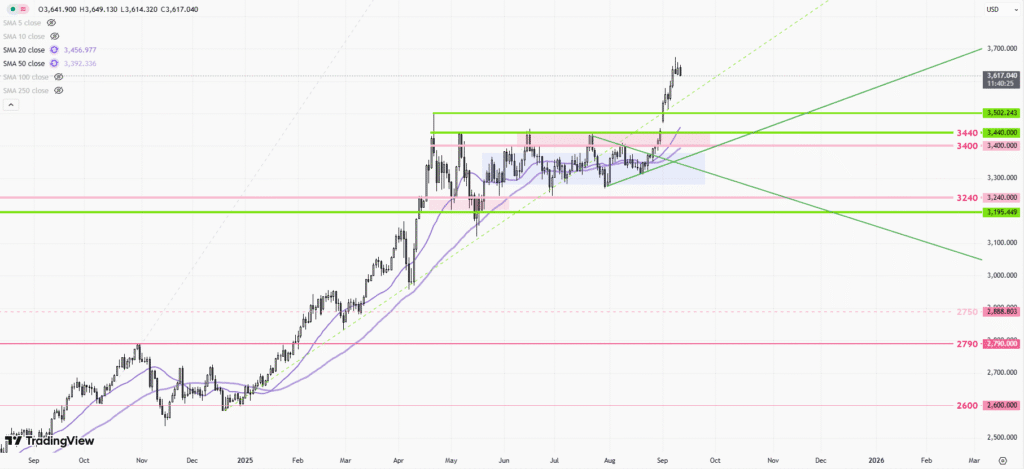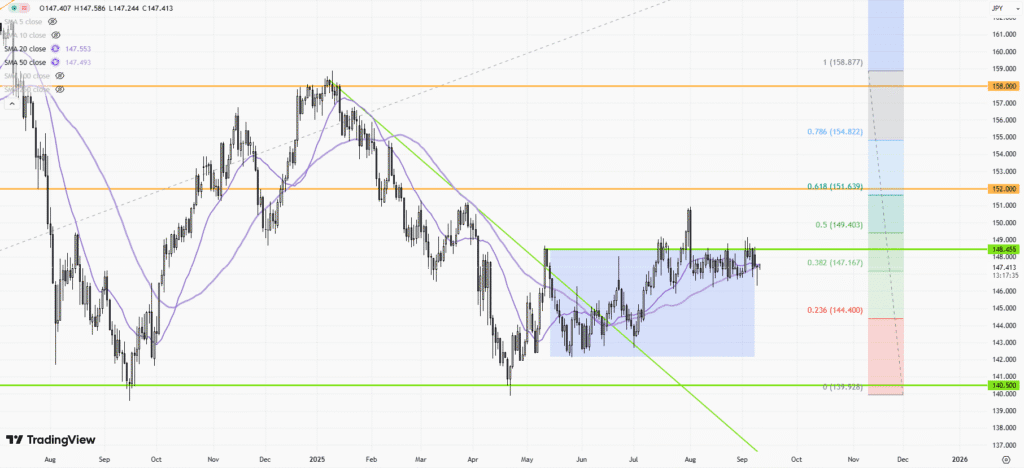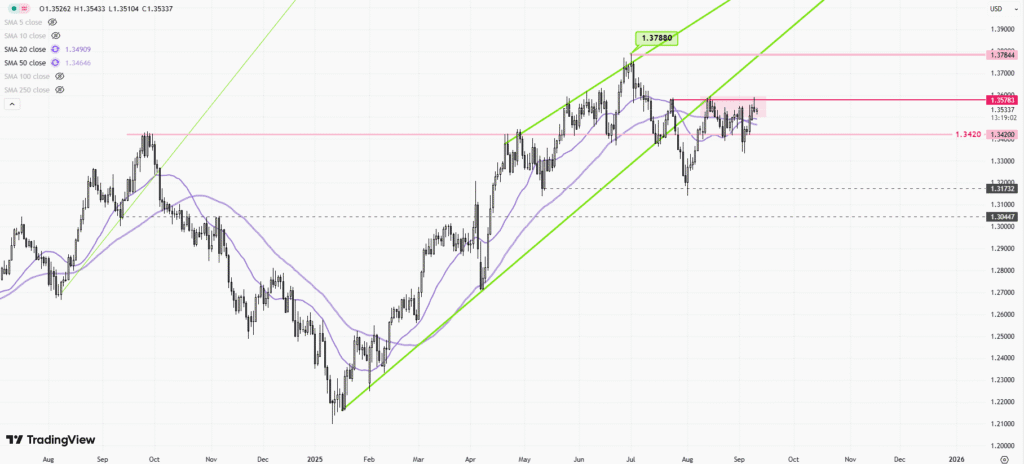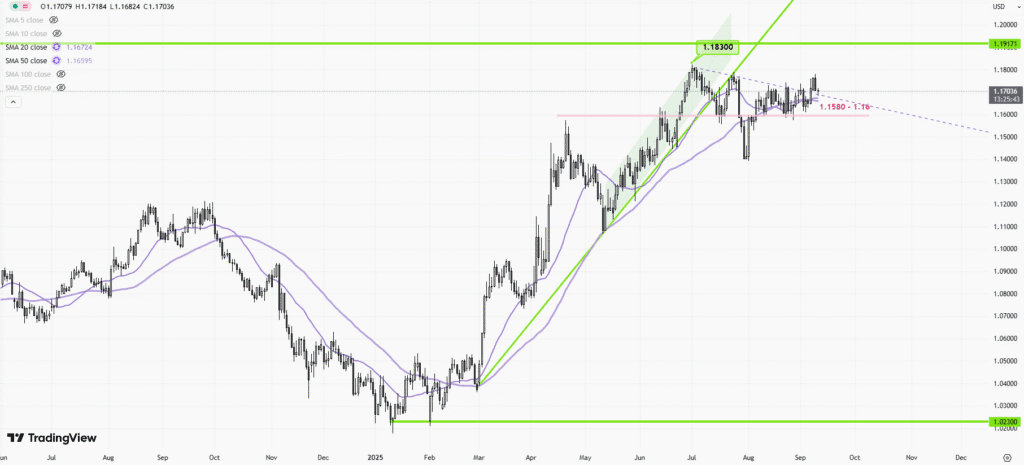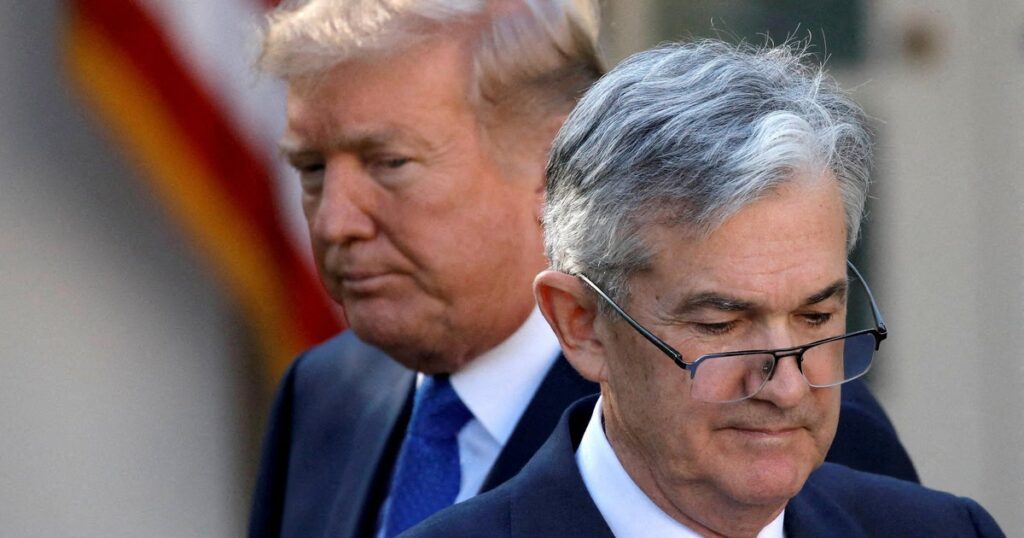 |
| Gold V.1.3.1 signal Telegram Channel (English) |
ECB Cuts Interest Rate to 2% as Core Inflation Eases, Signals Shift to Looser Monetary Policy

ECB Cuts Interest Rate to 2% as Core Inflation Eases, Signals Shift to Looser Monetary Policy
2025-06-05 @ 22:04
The European Central Bank (ECB) announced an interest rate cut on June 5, lowering the deposit rate from 2.25% to 2%. This marks the eighth rate cut since last year and reflects the ECB’s attempt to support a sluggish eurozone economy facing weak growth momentum and escalating global trade tensions.
Latest inflation projections show a more favorable outlook, giving the ECB more room to maneuver. According to estimates from the Eurosystem, headline inflation is expected to fall to 2% in 2025, then to 1.6% in 2026, before returning to 2% in 2027. These figures represent a 0.3 percentage point downward revision from the March forecast, thanks largely to falling energy prices and a stronger euro.
Core inflation, which excludes energy and food, is also easing. It’s projected at 2.4% in 2025 and back to 1.9% in both 2026 and 2027—close to the ECB’s 2% target. This suggests that the central bank’s tightening measures have been effective, allowing it now to shift toward a more accommodative stance. The move is expected to lower borrowing costs, support business investment, and boost household consumption.
On the growth side, while eurozone GDP in the first quarter outperformed expectations, the ECB remains cautious. It forecasts real GDP growth of only 0.9% in 2025, and modestly higher at 1.1% and 1.3% in 2026 and 2027. Trade uncertainty—particularly the threat of additional U.S. tariffs—is cited as a major risk to exports and business sentiment.
Still, there are bright spots. Investment in infrastructure and defense is rising across the region, and with a resilient labor market, improvements in employment and wages could help support spending and strengthen the economy’s overall resilience. Coupled with better financing conditions from rate cuts, the eurozone is in a stronger position to weather external shocks.
Markets had largely priced in the rate cut, so the euro’s reaction against the dollar was muted. The ECB reiterated that future policy decisions will remain data-dependent, with no forward commitment on the interest rate path.
In short, the ECB’s latest move signals confidence that inflation is under control while underlining its intent to support growth. Whether this more accommodative policy stance can revive momentum in a complex global environment remains to be seen. For investors, upcoming economic data and ECB communications will be crucial to monitor.


